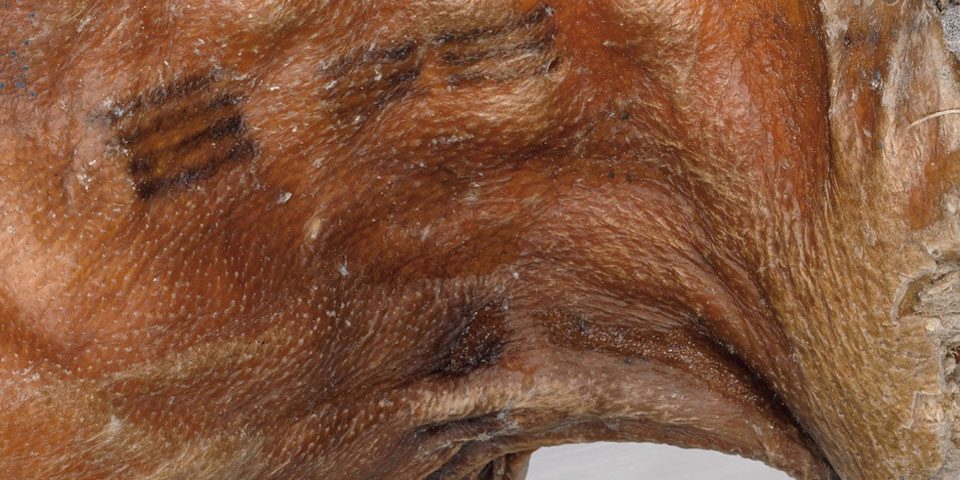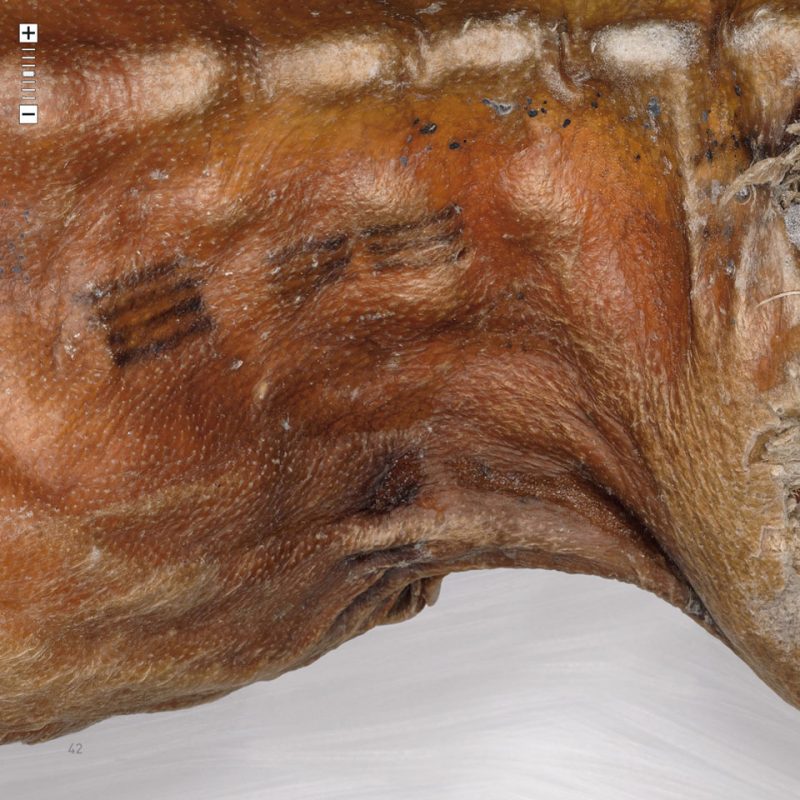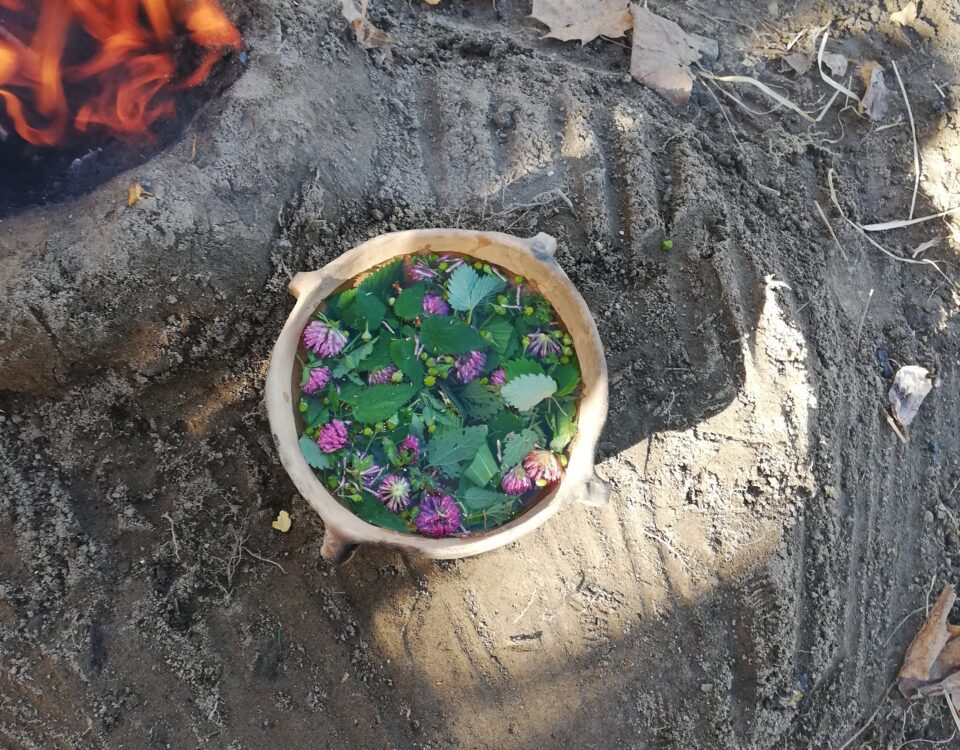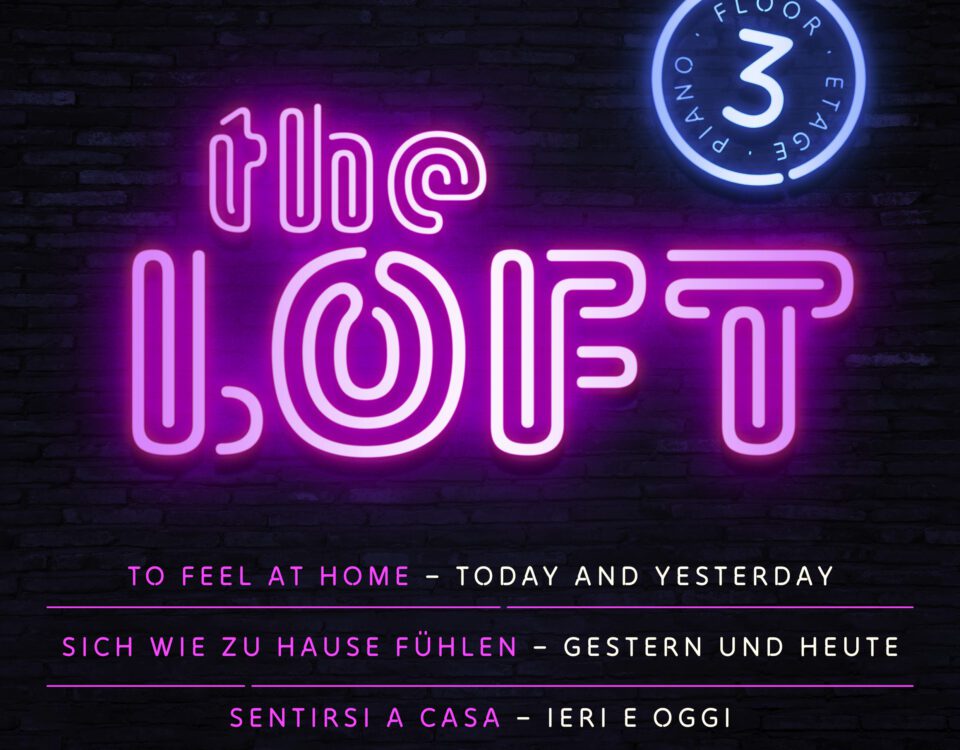
Medicine at the time of Ötzi
The 61 tattoos on his body and the mushrooms in his first-aid kit have been a continuous source of amazement and suggest that knowledge of how the body functions and of how to treat illnesses was already quite well developed by Ötzi’s lifetime.
Albert Zink, head of the Institute for Mummy Studies at Eurac Research in Bozen-Bolzano, together with conservation expert Marco Samadelli, radiologist Paul Gostner and anthropologist Dario Piombino Mascali, has put together a summary of the ways that Ötzi the Iceman treated disease, published recently in the International Journal of Paleopathology. “Our study draws together what we know about the state of Ötzi’s health and the various possible treatments and therapies which might have been used to deal with any disorders”, says Albert Zink. ” The number and localisation of his tattoos and the presence of potentially medically effective plants such as birch bracket fungus and bracken in his equipment, stomach and digestive tract, suggest that in the Copper Age there was already a broad understanding of the use of different forms of therapy and the efficacy of herbal remedies.”
Although Ötzi the Iceman (3,300 BCE) only provides a snapshot of a single individual from the South Alpine New Stone Age, this study gives us an idea of the level of understanding which healers at the time of Ötzi had already reached simply through observation and experimentation – there were of course no other possibilities available to them at the time.








